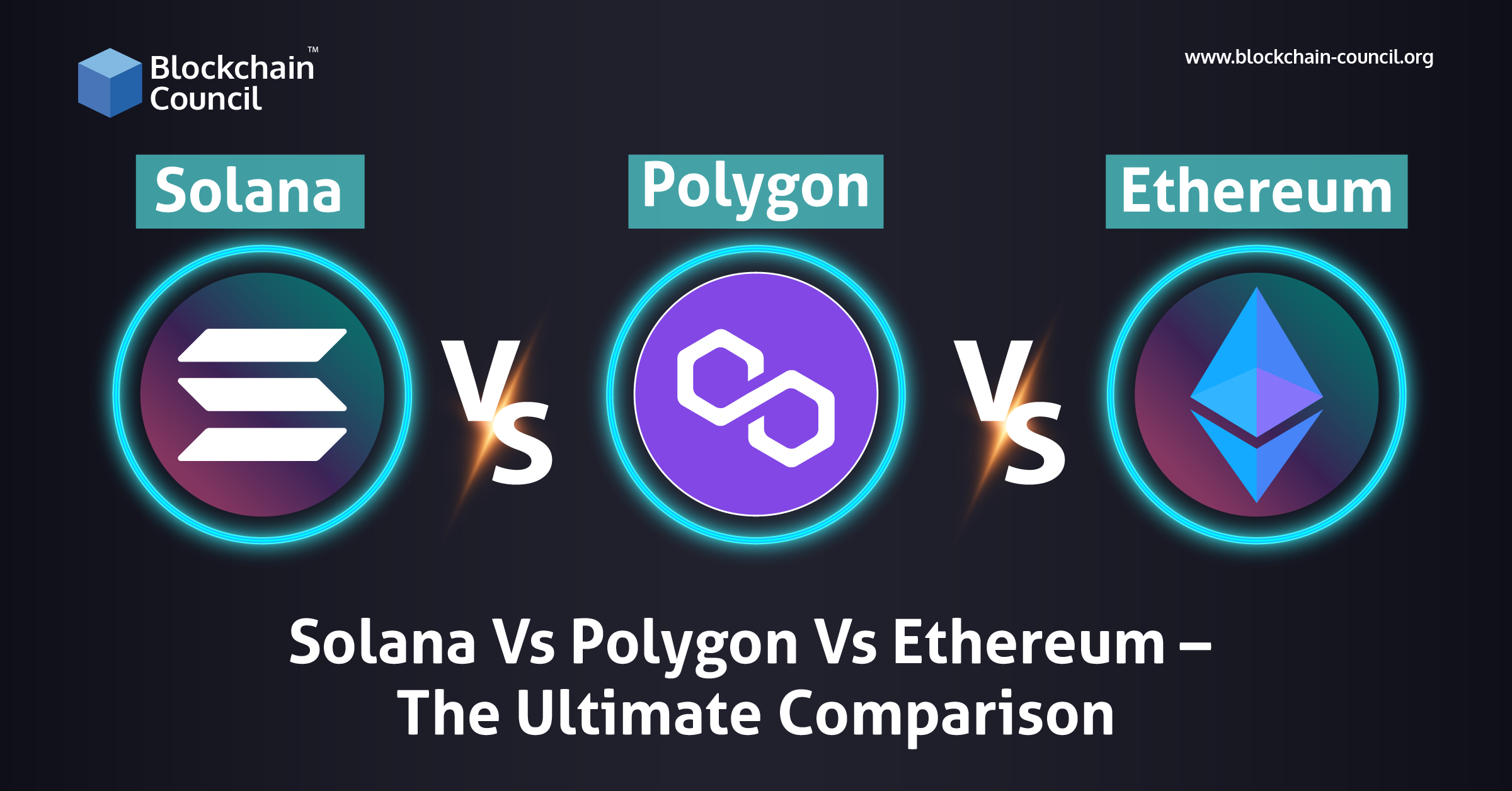
- Toshendra Kumar Sharma
- September 19, 2017
Market participants in the securities industry are contemplating various applications of the blockchain. Many of these participants have focused on discrete applications within the broader equity, debt and derivative markets. They focus on separate applications and devising limited-scale experiments related to the implementation of DLT. This is because, they seek to avoid the potential risks associated with more wholesale changes. Moreover, many of them have also focused on sectors they believe present significant inefficiencies. These inefficiencies are concerning their clearing infrastructure, operational processes or administrative functions. This is primarily driven by the view that focusing on areas with existing high levels of inefficiencies provides greater opportunities for demonstrating meaningful enhancements.
How does it work?
The administrative process of tracking the transfer of private company shares and maintaining capitalization tables may be manual, expensive and subject to errors. It may expose private issuers to regulatory risks. In light of these concerns, some market participants are considering DLT-based applications. This is to implement a system to track trading and ownership of private company shares. For example, in late 2015, one market participant launched a DLT-based platform for the issuance and trading of private company shares. This platform aims to provide private business issues with real-time transparency into the records or trading activity of its shares and shareholders of record.
Some market participants are also exploring issuance and trading public company stock on a DLT-based platform. For example, one public company issuer recently issued a new class of digital shares directly on a proprietary DLT network such that the trading of shares happens on the platform with a same-day settlement. Similarly, some vendors are developing DLT-based trading systems for publicly traded securities. DLT has the potential to affect various aspects of the securities market. This includes market efficiency, transparency, post-trade processes and operational risk.





































































 Guides
Guides News
News Blockchain
Blockchain Cryptocurrency
& Digital Assets
Cryptocurrency
& Digital Assets Web3
Web3 Metaverse & NFTs
Metaverse & NFTs
